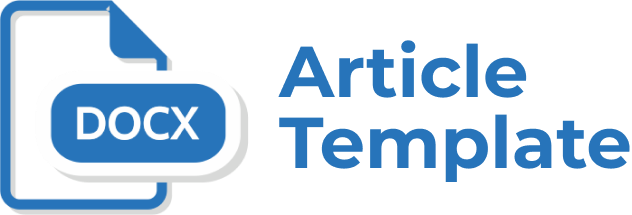Effectiveness of the Government Internal Supervision Apparatus (APIP) in Agency "A"
DOI:
https://doi.org/10.59141/jist.v6i1.1189Keywords:
Government Internal Supervisory Apparatus (APIP), Internal Audit Effectiveness, IPPF Standards, Audit Standards for Internal Auditors of the Government of IndonesiaAbstract
Supervision is the most important element in a management system in government. One of the main factors that can support the successful implementation of control is the effectiveness of the role of the government's internal supervisory apparatus (APIP). This study aims to evaluate the effectiveness of the government's internal supervisory apparatus based on three factors consisting of the audit environment or position (management support, Independence, Objectivity), audit implementers (Skills, Human Resources Development), and audit processes (Quality control, Activity planning, Activity coordination, Scope of work, Implementation of activities, and Communication of results) using the Professional Standards of Internal Audit Practice (International Professional) Practices Framework – IPPF) issued by The Institute of Internal Auditors (IIA). This research is a case study with a qualitative approach and data triangulation method obtained from interviews, documentation, and observation. The results of the study show that from the environment/position of APIP agency A, there are still several points that are not effective, such as limited human resource support and a non-independent organizational/reporting structure. The skills and competence of audit implementers can be said to be effective, but except for inadequate auditors, it is not proportional to the scope that must be done so the audit assignment is not optimal and there are still some audit processes that are not comprehensive. The results of this study are expected to provide input to relevant agencies to be considered in improving the institution of government internal supervision apparatus so that they can realize effective APIP.
Downloads
Published
How to Cite
Issue
Section
License
Copyright (c) 2025 Zahratul Husna, Purwatiningsih Lisdiono

This work is licensed under a Creative Commons Attribution-ShareAlike 4.0 International License.
Authors who publish with this journal agree to the following terms:
- Authors retain copyright and grant the journal right of first publication with the work simultaneously licensed under a Creative Commons Attribution-ShareAlike 4.0 International. that allows others to share the work with an acknowledgement of the work's authorship and initial publication in this journal.
- Authors are able to enter into separate, additional contractual arrangements for the non-exclusive distribution of the journal's published version of the work (e.g., post it to an institutional repository or publish it in a book), with an acknowledgement of its initial publication in this journal.
- Authors are permitted and encouraged to post their work online (e.g., in institutional repositories or on their website) prior to and during the submission process, as it can lead to productive exchanges, as well as earlier and greater citation of published work.










